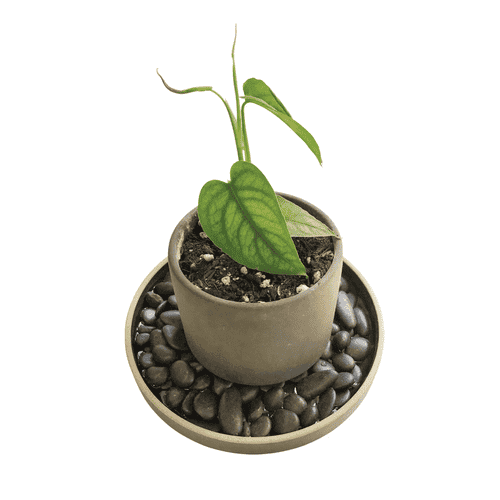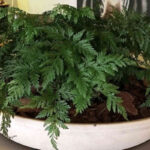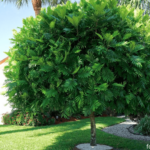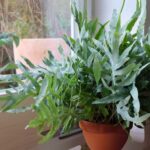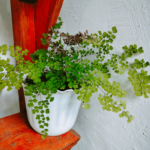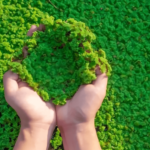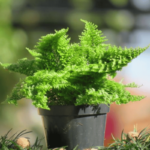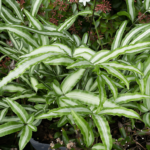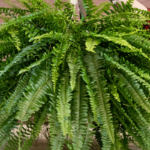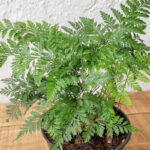The monarch fern (Microsorum scolopendria) is a plant that has gained prominence over the years, especially in Hawaii, where it’s used for decorations, perfumes, medicinal purposes, etc. Despite its fame, it’s not native to Hawaii.
Microsorum scolopendria is naturally found in the wild areas along the west coast of the Pacific, ranging from Australia to New Caledonia, passing through the Fiji Islands and covering the entire South Pacific to reach French Polynesia.
In this article, you will learn interesting facts, characteristics, and most importantly, how to cultivate this fern.
How to Care for the monarch fern
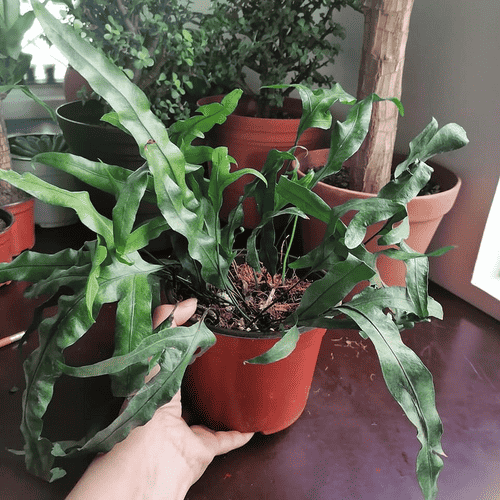
Considered an easy-to-cultivate plant, the monarch fern is an excellent choice for beginner gardeners living in tropical regions.
To cultivate it, you need to understand the following care:
- Caring for the climate (temperature, humidity, ventilation, and lighting)
- Where to grow it
- Watering correctly
- Fertilizing
- Repotting when necessary
- Multiplying your fern (optional)
- Preventing and combating pests and diseases
Below, we’ll discuss each of these topics in more detail.
Caring for the Climate
One of the most important steps in caring for any fern is to provide a suitable environment for its growth.
For that, your cultivation environment needs to address the following considerations:
- Temperature
- Humidity
- Lighting
- Ventilation
The ideal temperature for this fern is between 18°C to 24°C (64,5°F to 75°F), withstanding slight variations.
During hot days, you may need to increase humidity or the frequency of watering, in addition to taking great care with lighting.
The lighting for the monarch fern should be indirect and abundant.
In other words, it should be placed in a well-lit location but protected from direct sunlight.
Regarding humidity, like other ferns, this species needs a humid environment, so avoid placing it near air conditioning or in very dry areas.
If necessary, you can use a tray with water and stones just below the plant’s pot (as shown in the photo above).
Lastly, ventilation. Your plant should be protected from strong winds, but should never be placed in a stuffy location.
Where to Grow It
Now that you understand the basic needs of this plant, you can choose a location to grow it.
It’s usually grown in:
- Vertical gardens
- Hanging pots
- Garden beds
- Under trees
Remember to provide the right humidity, protection against strong winds, indirect lighting, and an average temperature between 18°C to 24°C (64,5°F to 75°F).
Choosing the Right Substrate and When to Water
The soil for your monarch fern should be rich in organic materials and provide good drainage.
For this, you can use:
- Tree bark
- Worm humus
- Sand
- Soil
- Gravel (at the bottom of the pot to improve drainage)
- Substrates for ferns that are available for purchase
Regarding watering, you should water it before the substrate dries out completely, as it prefers consistently moist soil but not waterlogged.
To check if the soil has dried out, you can do the finger test or use a soil moisture meter. Insert your finger or the meter into the substrate about 2 to 3 centimeters deep. If you feel that the soil is dry at this depth, it’s time to water again.
Remember that it’s better to water deeply, allowing the water to reach the roots, rather than watering superficially frequently.
Just be careful not to soak the plant’s substrate.
Fertilizing
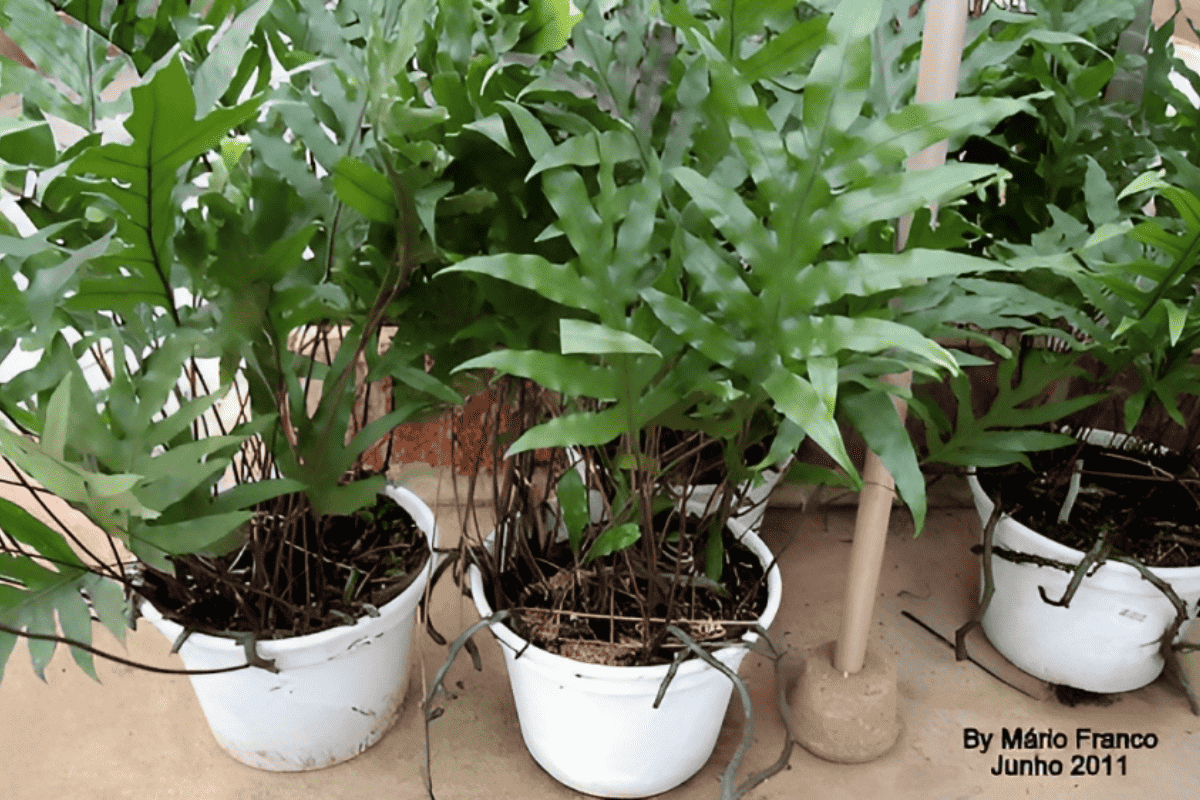
Fertilization should occur more frequently during the spring and summer months, when this plant’s growth is more active.
During this period, you can use specific fern fertilizers or balanced formulations like NPK 10-10-10.
Other options are organic fertilizers, such as:
- Crushed eggshells
- Worm humus
- Bone meal
- Coffee grounds (without sugar)
Repotting, Pruning, and Propagation
Repotting should be done when your fern’s pot becomes too small for it, typically every 2 or 3 years.
To do this, follow the step-by-step instructions in the video below:
Regarding pruning, from time to time, you can remove old or dead leaves.
Propagation is done by dividing clumps or through spores. Below are two videos that will help you perform these procedures.
Pests and Diseases
There are several pests and diseases that can attack your fern.
The monarch fern can be primarily attacked by aphids, scale insects, slugs, or caterpillars.
To learn how to combat these issues, I recommend this article.
Characteristics of the monarch fern
With a size ranging from 30 to 70cm, the monarch fern has emerald green leaves that catch the attention of growers. It grows horizontally, producing shoots that root when they touch the ground, aiding in its development.
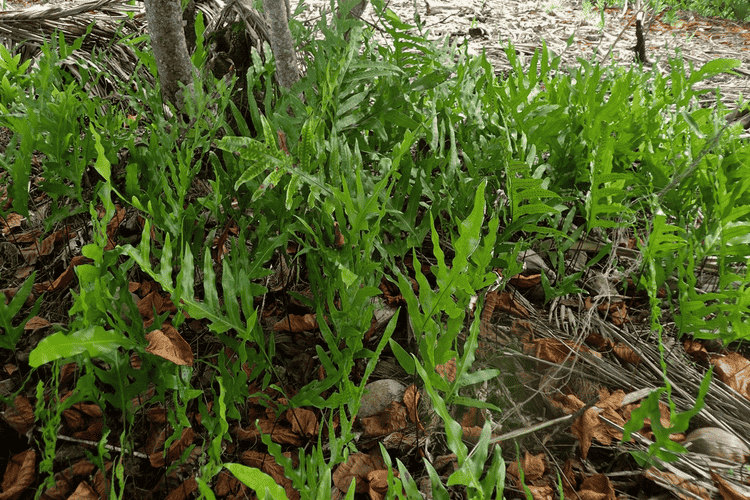
Today, it can be found on all the major islands of Hawaii. This plant was introduced to the state of Hawaii in 1910, where it adapted well to the climate and won the hearts of growers.
NOTE: Many growers consider Microsorum scolopendria a botanical synonym for Phymatosorus scolopendria, so both names are correct for this plant.
If you want to learn more about fern cultivation, check out our articles:
- Marisa Fern: 7-Step Growing and Care Guide
- Rabbit’s Foot Fern (Davallia fejeensis): Cultivation Guide
- Nephrolepis exaltata (Boston Fern) – How to Grow and Care
- Leatherleaf fern – Care, Characteristics and Curiosities
Liked the text? Then share it on your social networks and leave a comment below. I’ll be very happy to reply to you.

